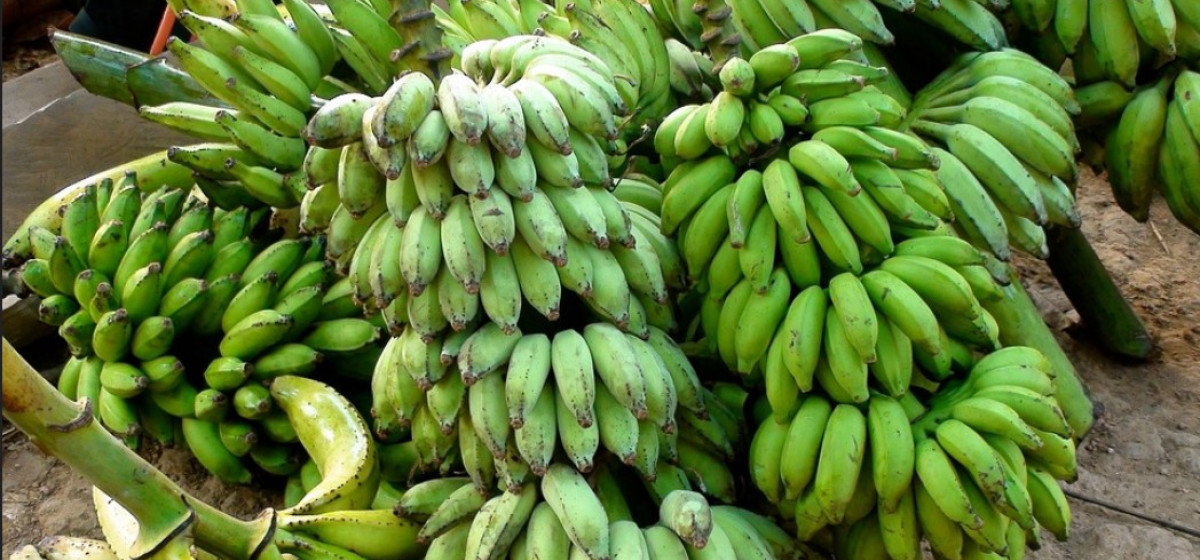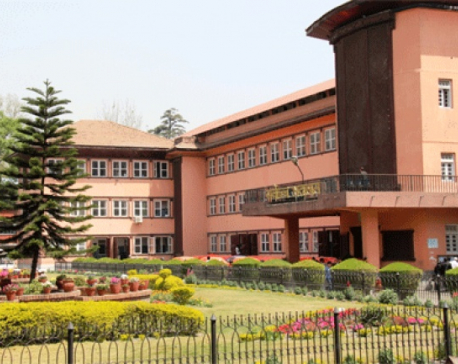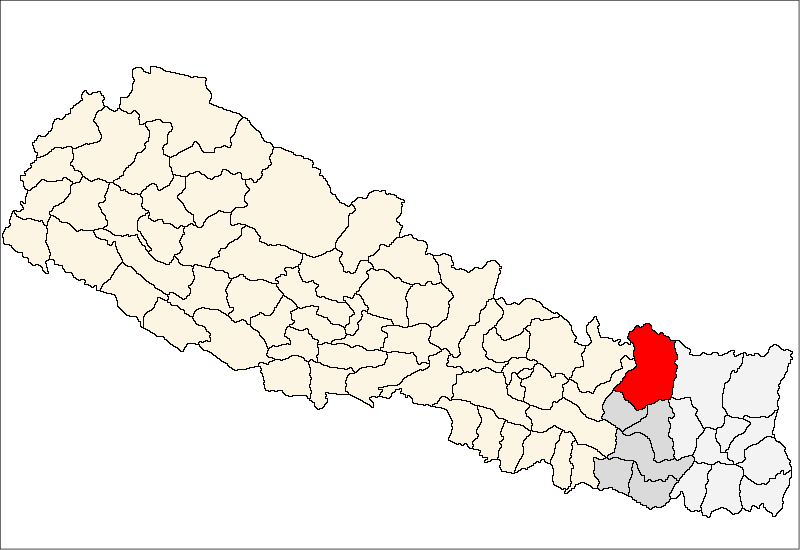
OR
Precautions taken at border points to prevent spread of Panama disease in banana plantations
Published On: September 23, 2023 10:30 AM NPT By: Republica | @RepublicaNepal

BHAIRAHAWA, Sept 22: Government authorities have adopted precautions at the border areas to prevent the spread of panama disease in bananas, fearing that the disease might spread in the country with the import of bananas from India.
With the outbreak of panama disease in Tikapur of Kailali, high alert has been maintained in all plant quarantines at all border points with India. Panama disease is considered to be the most destructive disease in bananas.
The Ministry of Agriculture and Livestock Development has issued a notice to take precautions as banana plants in some gardens in Tikapur have started withering due to the disease. Race 1 variant of the disease is said to have entered Nepal from India some 14 years ago, said Shiva Lal Aryal, head of the Agriculture Knowledge Centre, Bhairahawa. This disease has been widely spreading in Chitwan for seven years.
"Race 1 causes a lot of damage to local breeds including the Malbhog variety. New variety G9, Williams Hybrid, Chini Champa and other varieties can fully tolerate race 1 variant. The new variant of panama disease has the ability to completely destroy all the banana varieties available for cultivation in Nepal," said Aryal.
Due to the disease, the bottom of old banana leaves turns yellow, then the edge of the leaf turns yellow and the leaf dries and the stem breaks. "Plants show the symptoms of this disease four to five months after the attack. If infected plants are planted, symptoms can be seen within two months of the disease," he said. The disease spreads due to fungus found in the soil, said Kuldeep Ghimire, head of the plant quarantine office, Bhairahawa.
According to him, the infection spreads from one place to another, infected plants, soil, water and agricultural tools. Additionally, there is a possibility of spreading the disease from one farm to another through the soil stuck to tyres of vehicles carrying bananas, shoes and sandals, he said. Infected soil, water and agricultural tools are the main sources of the disease, he added.
The customs has been tightened as trucks carrying bananas from India are the main source of the disease transmission, said Ghimire. "We do not allow anything other than banana fruits to be brought in vehicles carrying bananas. TR 4 does not spread from banana plants to its fruits. We have quarantined only those banana fruits that have been transported safely," he said. Vehicles loaded with bananas are sent after cleaning their tyres on the customs premises ensuring that there is no mud anywhere, he said. "All this work is done by the plant quarantine office. Bringing any type of banana saplings from India is banned," he said.
Bhairahawa customs office is the main customs point for importing Indian bananas. Bananas are imported from various parts of India through this transit point. Narayan Datta Joshi, information officer for the Bhairahawa customs office, said 37,638 metric tonnes of bananas worth over Rs 1.5 billion were imported from India through this transit in the previous fiscal year, 2022/23.
According to him, within the Nepali month of Bhadra of the current FY, 2023/24, altogether 4,619 metric tonnes of bananas worth more than Rs 194 million have been imported through this transit.
As bananas are cultivated on a large scale in Rupandehi and Nawalparasi (West), the border has been tightened to prevent the spread of the disease, said Joshi. The Prime Minister Agriculture Modernisation Project has designated Nawalparasi (West) as a banana zone for its cultivation. Banana has been cultivated on 1,150 hectares of land in Nawalparasi alone, said Narayan Kafle, head of the project implementation unit, Bhairahawa. Banana has been grown on 280 hectares of land in Rupandehi, said the agriculture knowledge center head Aryal. "All bananas cultivated here are G9 species, they cannot fight TR 4. Lumbini Province is at high risk of infection. So, it is necessary to be cautious," he said.
Banana plants planted in Pratappur of Nawalparasi (West) have shown symptoms similar to the disease, said Kafle. The samples have been sent to the National Plant Pathology Research Centre for research to find out whether the disease is TR 4 or other strain, he said.
RSS
You May Like This

Fuel stations urged not to sell, distribute petroleum products in bottles, jars
KATHMANDU, Jan 25: Government authorities have requested fuel stations to not sell and distribute highly flammable petroleum products in open... Read More...

SC orders govt to submit details of medical institutions ignoring Covid-19 care
KATHMANDU, April 4: The Supreme Court on Friday directed the government authorities to submit the details of the medical institutions... Read More...







Just In
- Tourists suffer after flight disruption due to adverse weather in Solukhumbu district
- Vote count update: NC maintains lead in Ilam-2
- NAC's plane lands at TIA after its maintenance in Israel
- Indian Ambassador assures of promoting India's investment in Nepal
- Freak accident involving self-made pistol leaves young man injured in Banke
- Global Shapers Community Kathmandu set to host second edition of Global Talk Series
- CNI President Agrawal highlights Nepal's conducive investment climate at Investment Summit
- Hearing on case against cricketer Lamicchane could not proceed today












Leave A Comment